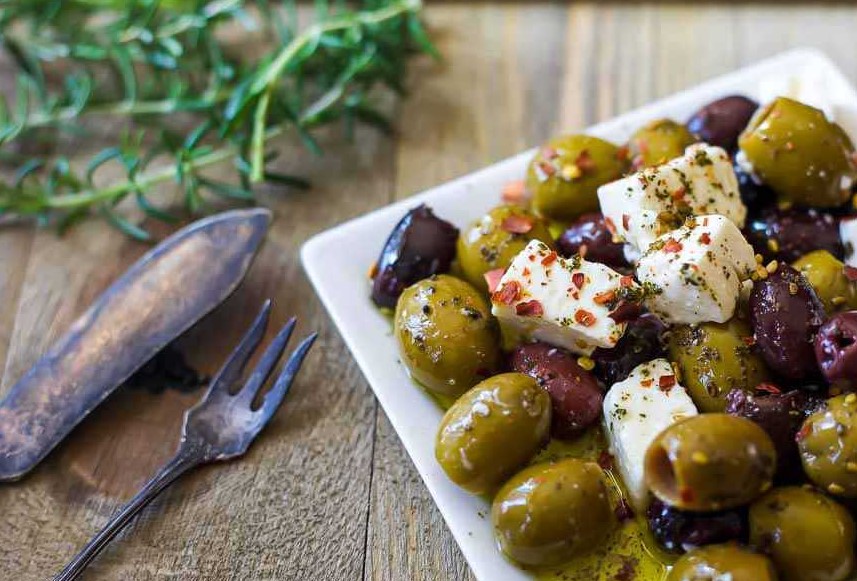BOURSESSENEGAL – When it comes to healthy snacks and delicious additions to meals, few foods rival olives. But what makes so special? In this guide, we’ll explore the world of, covering everything from their types and health benefits to various culinary uses. Whether you’re a longtime fan or just curious, this deep dive will help you appreciate these small but mighty fruits.
What Are Olives?
A Brief Overview
Olives are small, oval fruits that grow on olive trees (Olea europaea). Originating from the Mediterranean region, they’ve become a staple in diets around the world. With their unique flavors and rich nutritional profiles, have secured a place in kitchens everywhere.
Types of Olives
Understanding the different types of can enhance your appreciation for this versatile fruit. Here are some popular varieties:
- Green Olives: Picked before they ripen, green offer a firm texture and a slightly bitter flavor. They’re often found in salads, tapenade, or served as snacks.
- Black Olives: Fully ripened, black tend to be softer and have a milder, fruitier taste. They work well in pizzas, pastas, and Mediterranean dishes.
- Kalamata Olives: Dark purple to black in color, Kalamata are known for their almond shape and rich, fruity flavor. They’re frequently used in Greek salads and dishes.
- Castelvetrano Olives: Originating from Sicily, these green are sweet and buttery, making them a popular choice for snacking and appetizers.
Nutritional Benefits of Olives
Rich in Healthy Fats
One of the standout features of olives is their high content of monounsaturated fats. These fats are known to promote heart health by lowering bad cholesterol levels and increasing good cholesterol levels. Incorporating into your diet can be an excellent way to support cardiovascular health.
Antioxidant Properties
Olives are packed with antioxidants, including vitamin E and phenolic compounds. These antioxidants help combat oxidative stress in the body, potentially reducing the risk of chronic diseases such as cancer and heart disease.
Anti-Inflammatory Benefits
The compounds found in olives have been shown to have anti-inflammatory properties. Consuming may help reduce inflammation in the body, which is linked to various health conditions, including arthritis and other inflammatory diseases.
A Source of Fiber
Olives contain dietary fiber, which supports digestive health. Including fiber-rich foods like in your diet can help maintain regular bowel movements and prevent constipation.
Culinary Uses of Olives
1. Salads and Appetizers
add a burst of flavor to salads and appetizers. Tossing green into a Greek salad brings a briny punch that complements the freshness of tomatoes and cucumbers. For a simple appetizer, serve a variety of with cheese, bread, and dips like hummus.
2. Cooking and Baking
Incorporating into your cooking can elevate your dishes. Add chopped black to pasta sauces or pizzas for added flavor. You can also use them in baked goods, such as focaccia or savory breads, where they impart a unique taste.
3. Tapenade and Spreads
Tapenade is a flavorful spread made primarily from , capers, and anchovies. This versatile dish can serve as a dip for bread or a topping for grilled meats and vegetables. You can easily customize tapenade by mixing in different herbs or spices to suit your palate.
4. Olive Oil
are the primary source of olive oil, a staple in Mediterranean cuisine. Use high-quality olive oil for dressing salads, drizzling over roasted vegetables, or as a dipping sauce for bread. The health benefits of olive oil mirror those of whole, making it a fantastic addition to your diet.
How to Select and Store Olives
Choosing the Right Olives
When selecting , look for plump and firm fruits. Avoid any that appear shriveled or discolored. If buying jarred or canned, check the label for added preservatives or artificial ingredients.
Storage Tips
To maintain freshness, store in their brine or oil in the refrigerator. If you have opened a jar, consume the within a few weeks for the best taste and quality. For homemade tapenade or olive spreads, refrigerate in an airtight container and use within a week.
Common Myths About Olives
1. Olives Are Always High in Sodium
While it’s true that many are preserved in brine, which can be high in sodium, you can find low-sodium options. Always check the labels if you are monitoring your salt intake.
2. All Olives Are the Same
Different types of have distinct flavors and uses. From the buttery Castelvetrano to the robust Kalamata, each variety adds something unique to your dishes.
Conclusion: Embracing Olives in Your Diet
Olives are more than just a tasty snack; they are packed with health benefits and versatile enough for various culinary applications. From salads to tapenade, there are countless ways to enjoy in your daily meals.
A Journey of Flavor
As you explore the world of olives, consider trying different types and incorporating them into your cooking. You may find a new favorite flavor combination that enhances your meals.
Final Thoughts
Next time you ask yourself, “What can I do with olives?” remember the myriad options at your disposal. Whether you’re snacking, cooking, or creating spreads, offer a delightful way to enjoy the benefits of this nutritious fruit. Embrace and let them enrich your culinary adventures!
REFERENCE : LIGABET88



